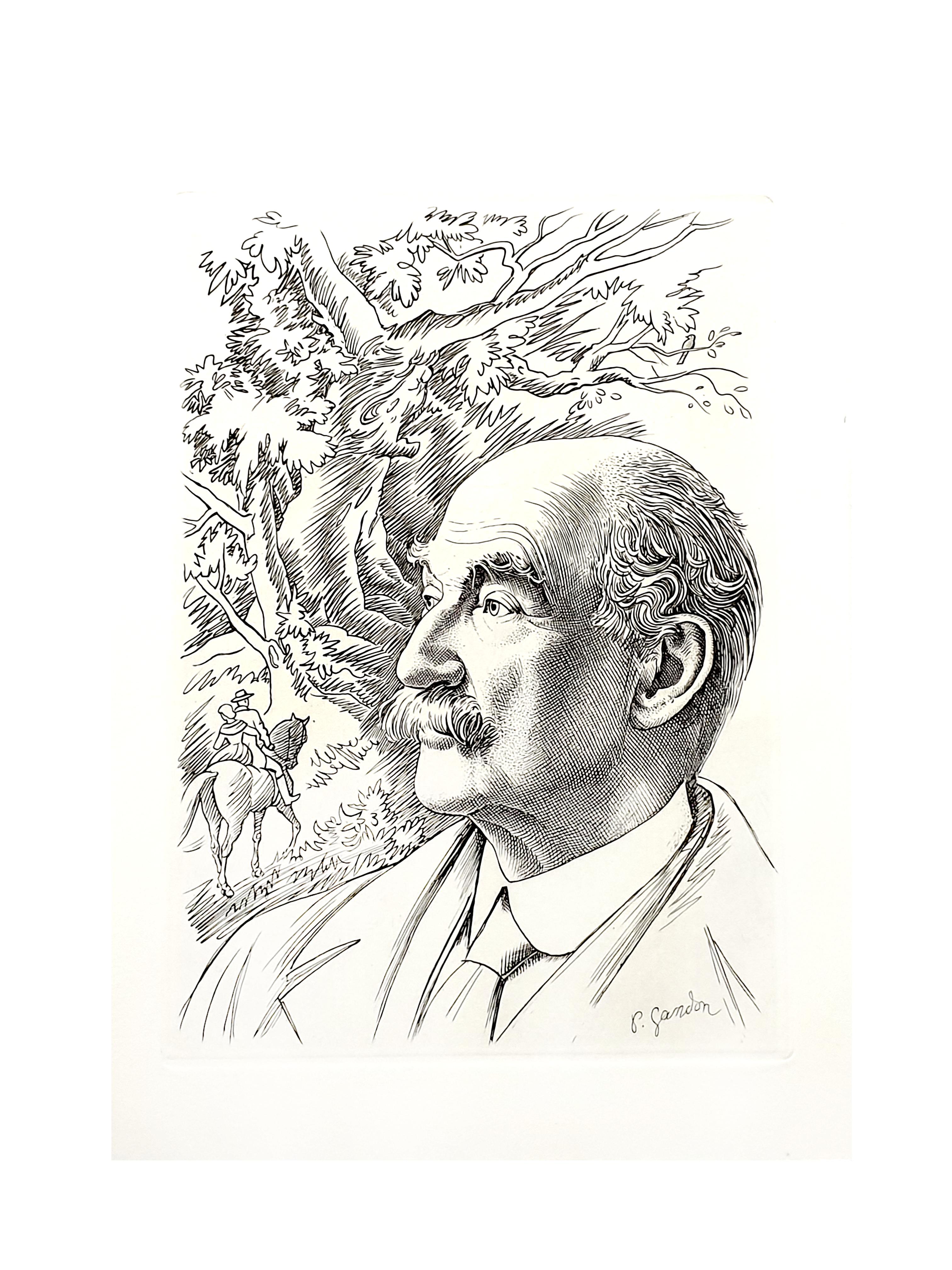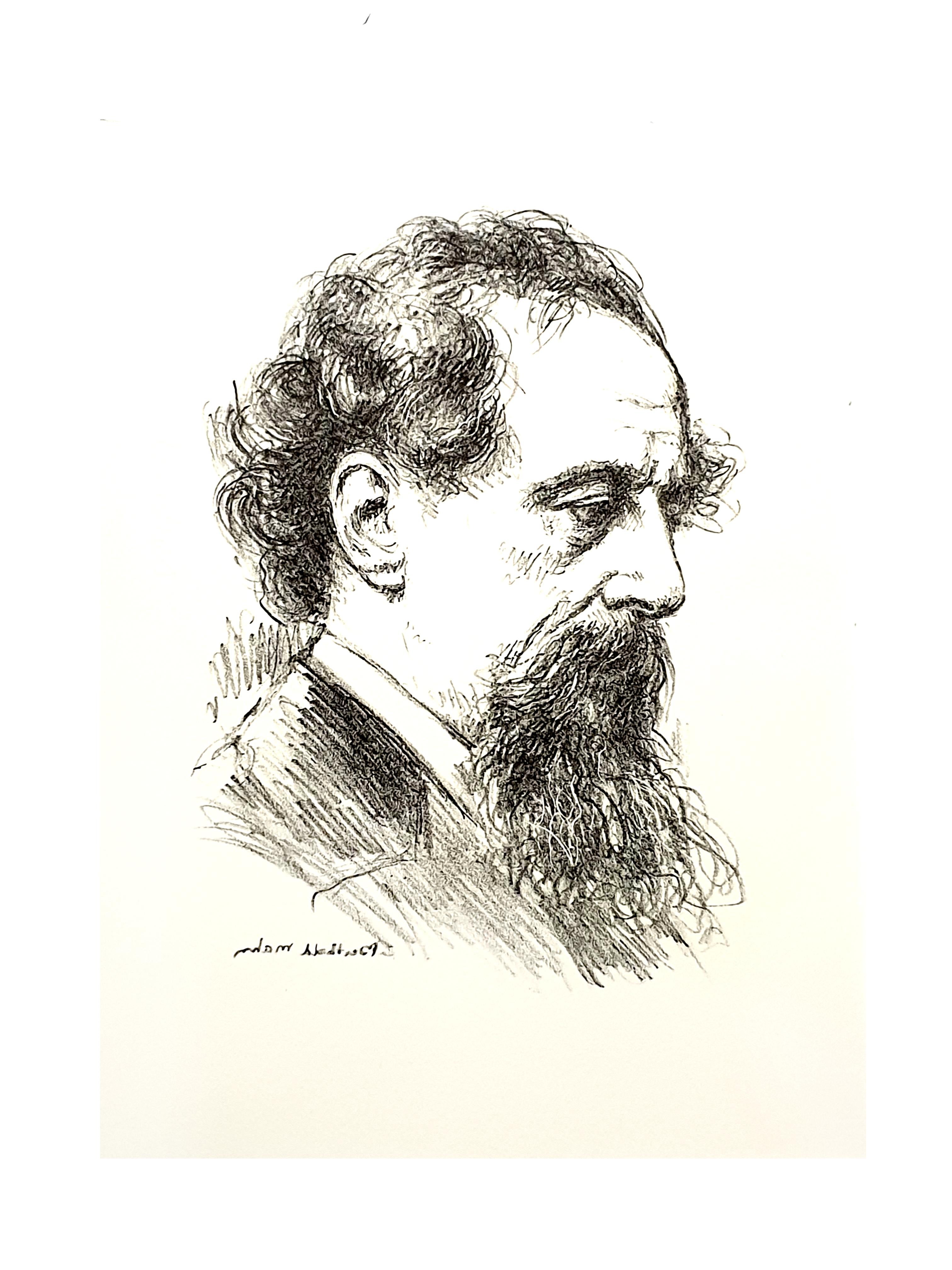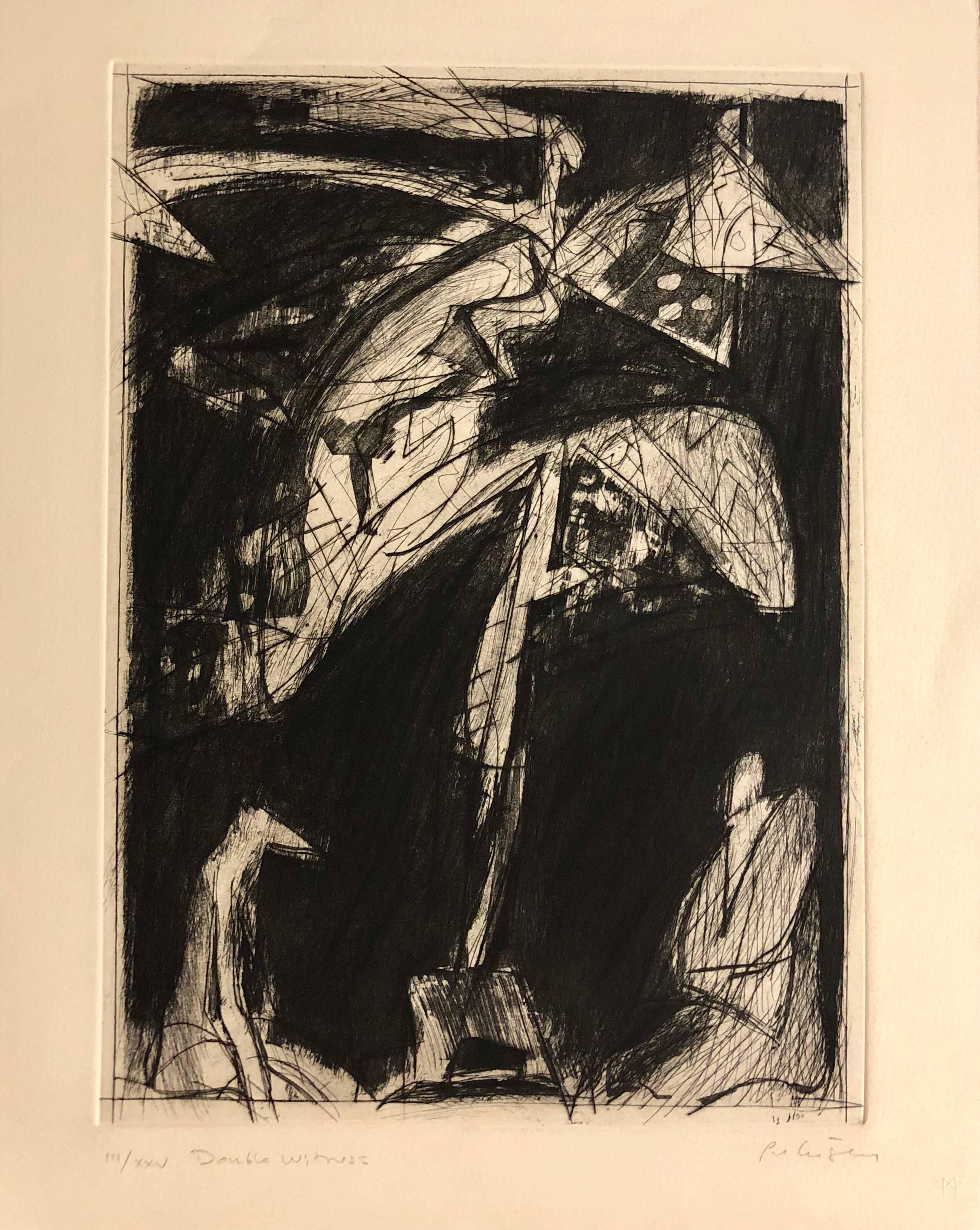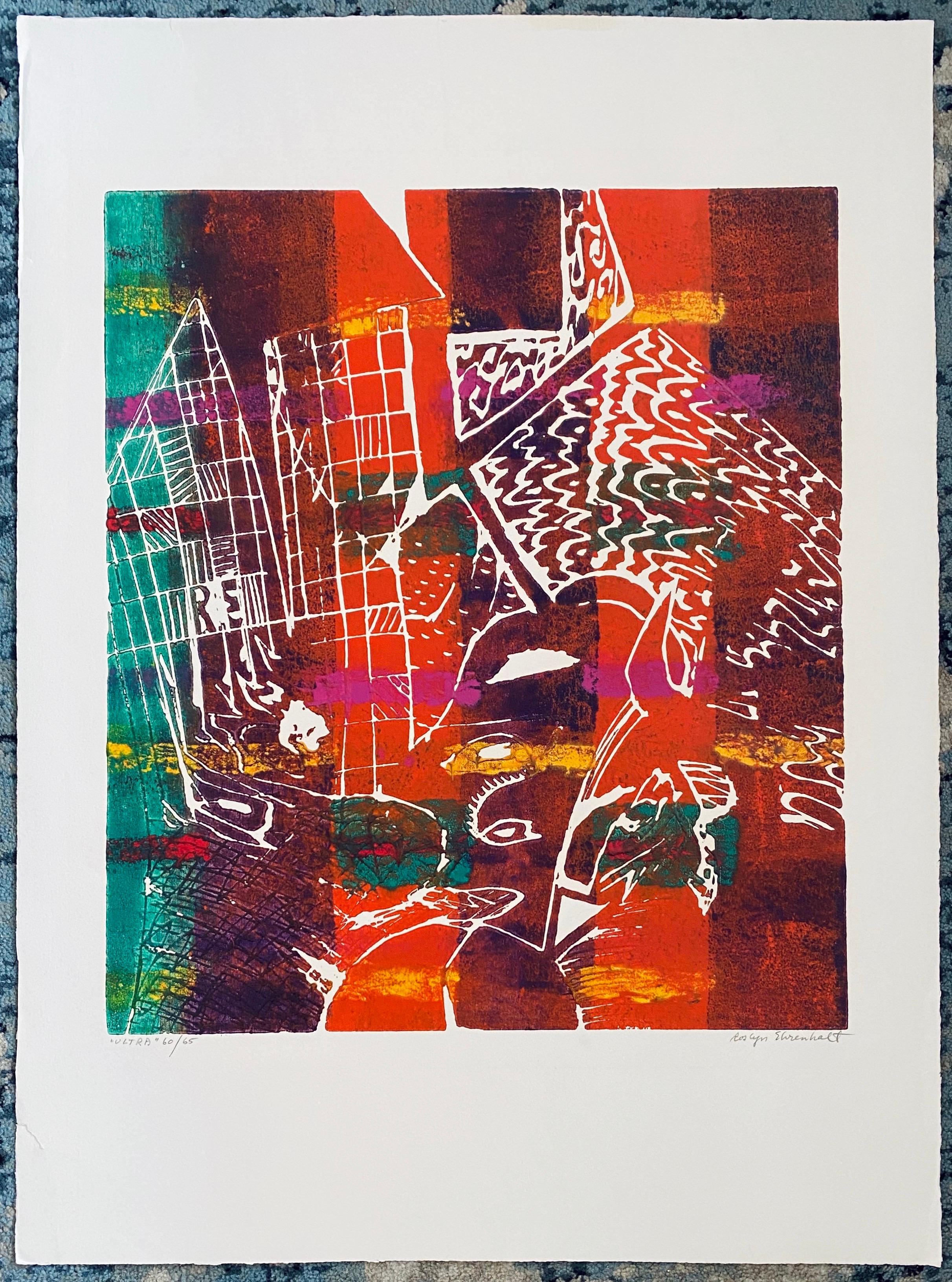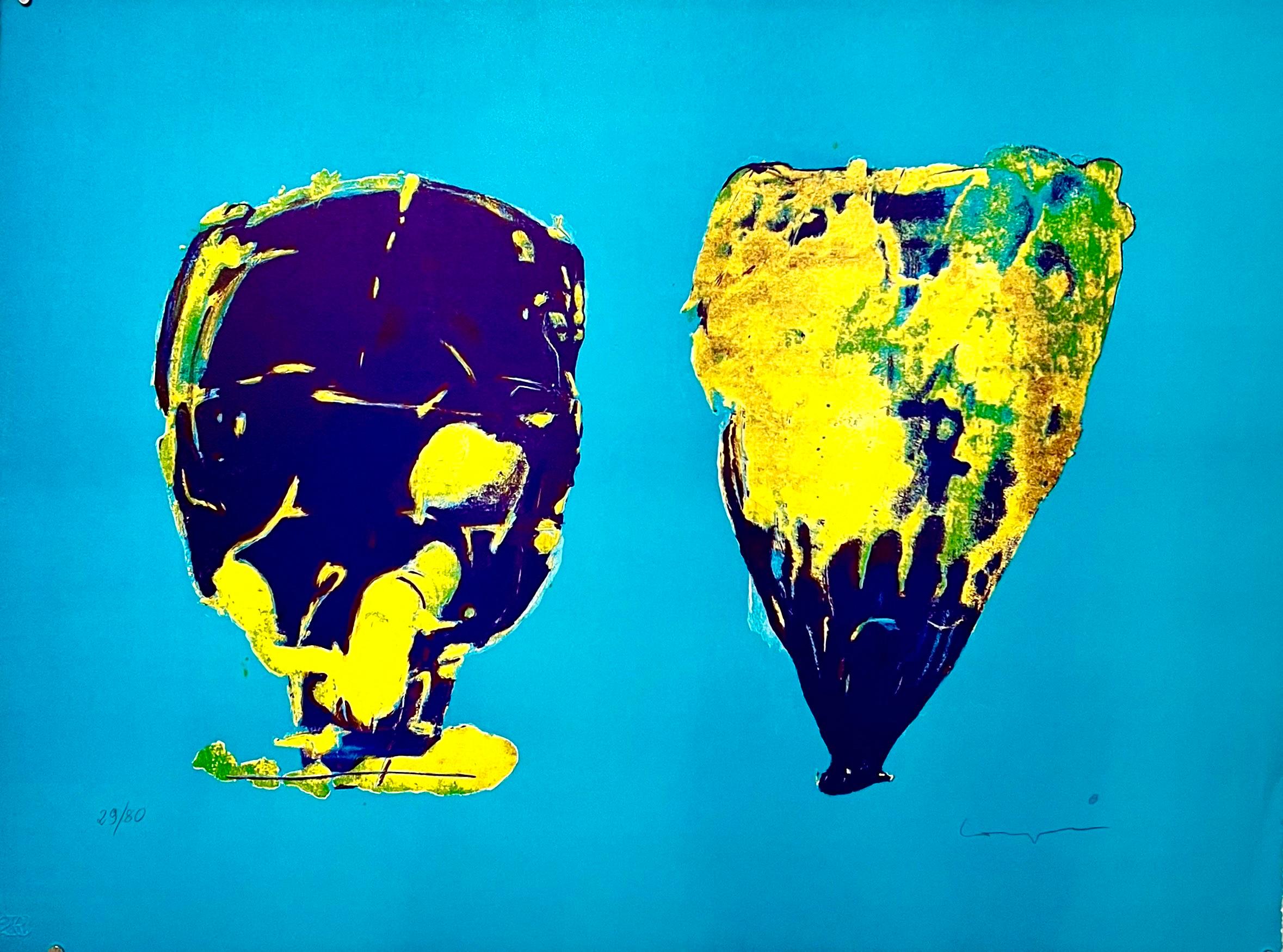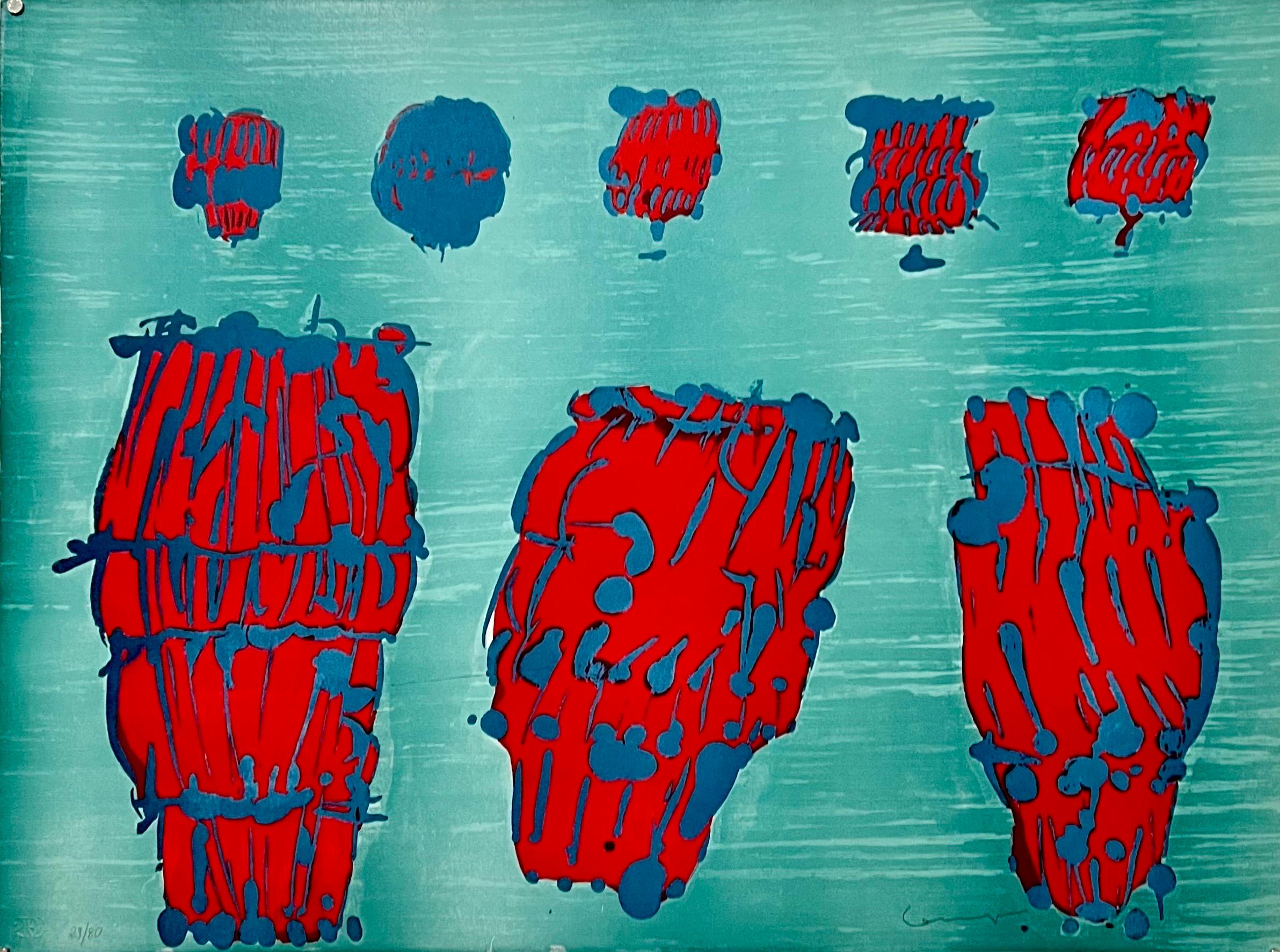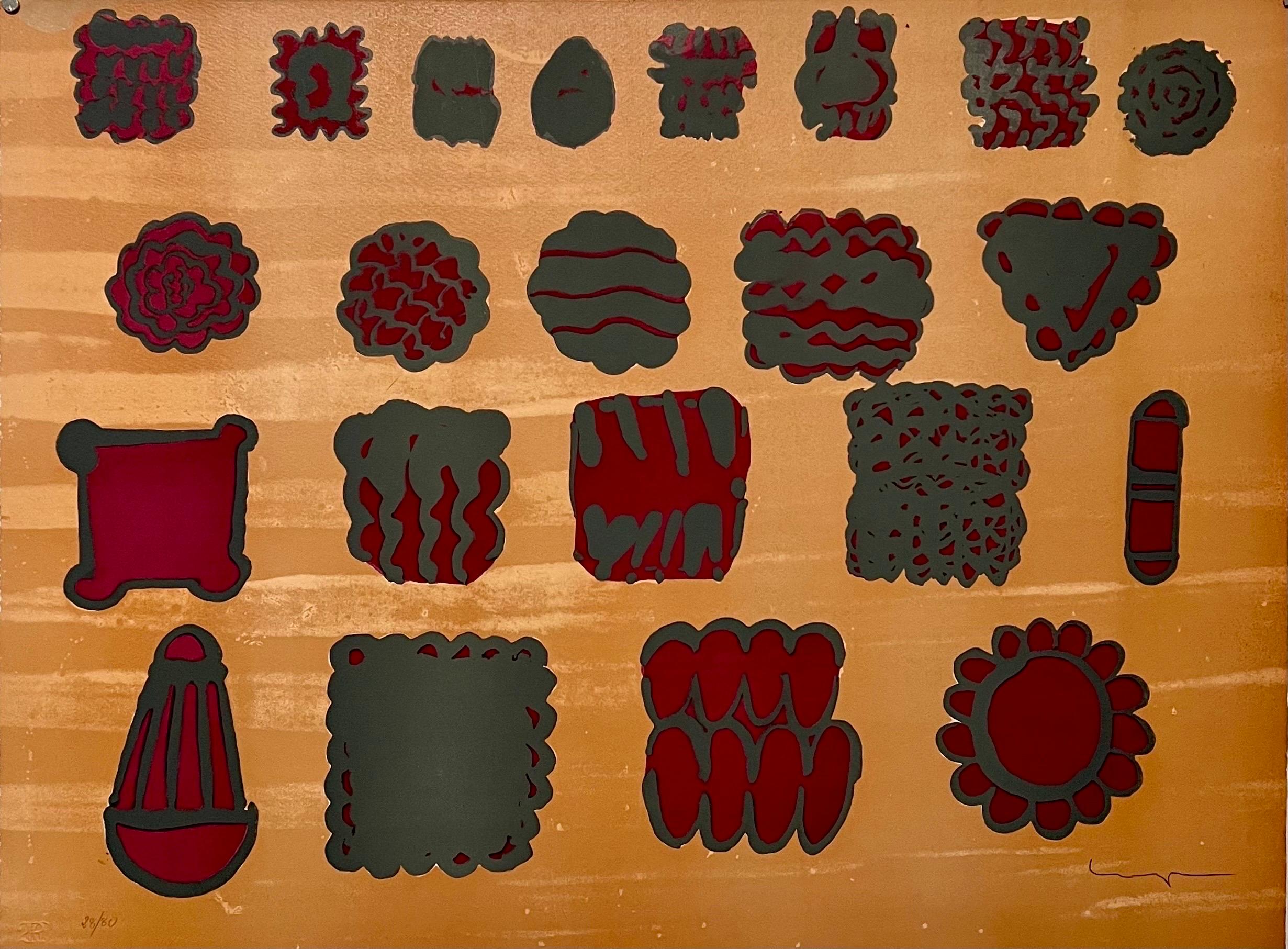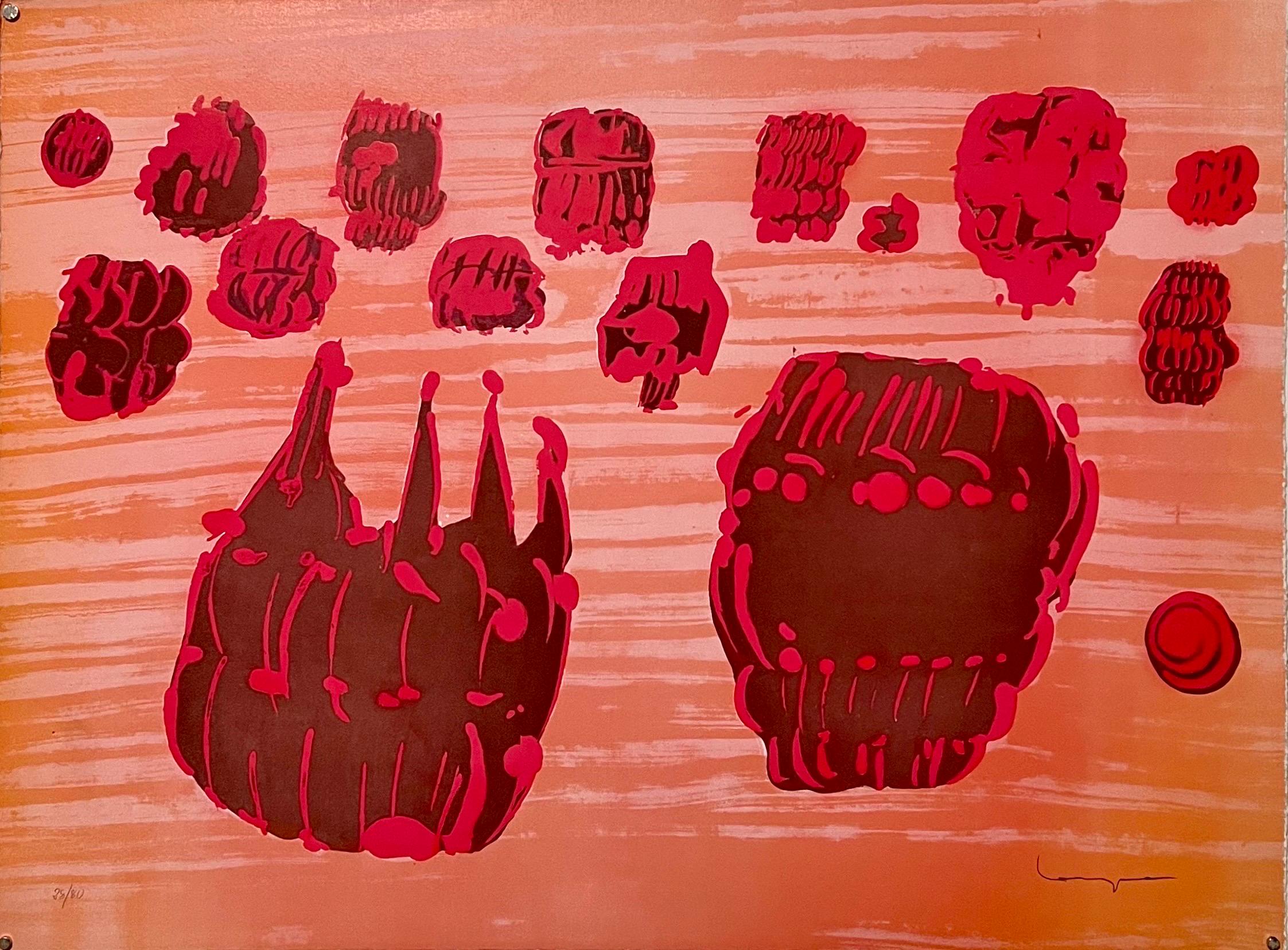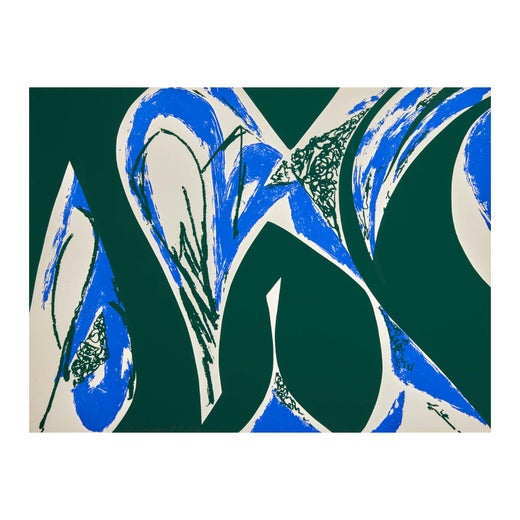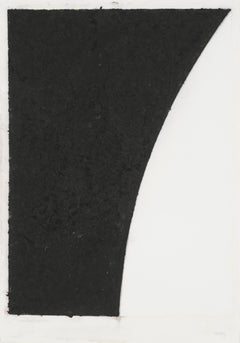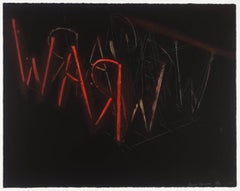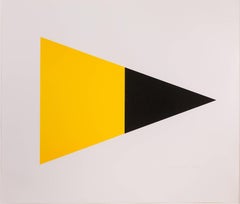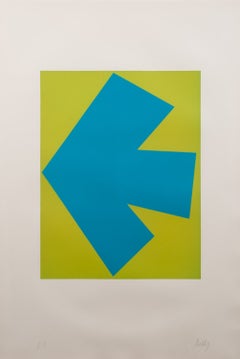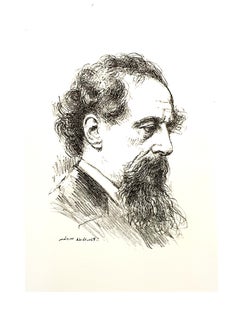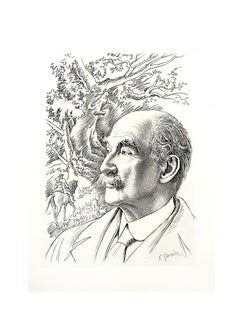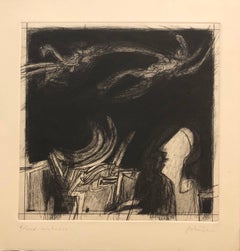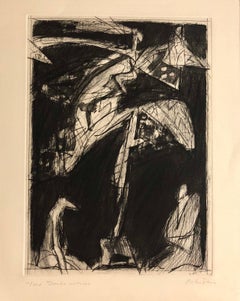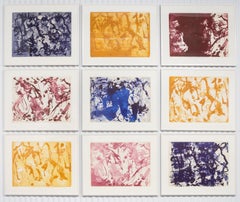
Long Lines for Lee Krasner
View Similar Items
Lee KrasnerLong Lines for Lee Krasner1970
1970
About the Item
- Creator:Lee Krasner (1908-1984, American)
- Creation Year:1970
- Dimensions:Height: 23.25 in (59.06 cm)Width: 31.63 in (80.35 cm)
- Medium:
- Movement & Style:
- Period:
- Condition:
- Gallery Location:New York, NY
- Reference Number:1stDibs: LU793637312
Lee Krasner
A pioneer of Abstract Expressionism, artist Lee Krasner’s pivotal role in that movement and her exceptional contributions to it were largely overshadowed by those of her male contemporaries — in particular, Jackson Pollock, whom she married in 1945.
Lee Krasner was born Lena Krassner in Brooklyn, New York, to Russian-Jewish refugee parents. She attended the Women’s Art School of Cooper Union and the esteemed National Academy of Design, graduating in 1932 during the height of the Great Depression. Krasner supported herself as a model and cocktail waitress until 1934, when she began painting murals for the Works Progress Administration, which kept her steadily employed until the agency closed in 1943. During that time, Krasner studied under Hans Hofmann and became a fixture on the New York art scene, joining the American Abstract Artists and the Artists Union.
A World War II–era commission had Krasner overseeing the creation of 19 pro-war store window displays in New York City. She recruited a handful of artists she dubbed her “misfits” for the project. Among them were Willem de Kooning and Pollock.
Throughout their 11-year marriage, Jackson Pollock and Lee Krasner had an indelible influence on each other. While he painted in the bright, expansive barn studio, she worked in a small bedroom, where she produced her “Little Images” series, small-scale works loaded with paint, today considered among her most important contributions to Abstract Expressionism.
Lee Krasner’s art includes rich mosaics, Cubist drawings, assemblages and the epochal collages she produced in 1954–55, which incorporated scraps from her and Pollock’s discarded work and echoed the striking palettes of Matisse, one of her heroes. Krasner’s collages remain among her most celebrated pieces.
After Pollock’s death in 1956, Krasner moved into his barn studio, where she created large-scale paintings, including the 17-foot-wide The Seasons. She had her long-overdue first solo exhibition at London’s Whitechapel Gallery in 1965, and her second in 1975 at the Whitney Museum of American Art. Those and other major solo exhibitions finally brought her the recognition she deserved for her contributions to the art world.
In 1978, Krasner was given her rightful place next to the likes of Mark Rothko, de Kooning and Pollock in the Whitney’s exhibition “Abstract Expressionism: The Formative Years.” Her U.S. retrospective opened at the Museum of Fine Arts, Houston in 1983 and ended at the Museum of Modern Art in New York after her death in 1984.
Lee Krasner’s paintings continue to be in high demand. In 2019, her 1960 work The Eye Is the First Circle sold at auction for $11.7 million, breaking her 2017 auction record of $5.5 million.
Find a collection of Lee Krasner art on 1stDibs.
More From This Seller
View All1970s Abstract Abstract Prints
1970s Contemporary Abstract Prints
Lithograph
1970s Minimalist Abstract Prints
Lithograph
1960s Contemporary Abstract Prints
Lithograph
1960s Contemporary Abstract Prints
Lithograph
1970s Post-War Abstract Prints
Paper
You May Also Like
1950s Abstract Expressionist Abstract Prints
Lithograph
1950s Abstract Expressionist Abstract Prints
Lithograph
20th Century Abstract Expressionist Abstract Prints
Etching, Lithograph
20th Century Abstract Expressionist Abstract Prints
Etching, Lithograph
1970s Abstract Expressionist Abstract Prints
Lithograph
20th Century Abstract Expressionist Abstract Prints
Color, Lithograph
